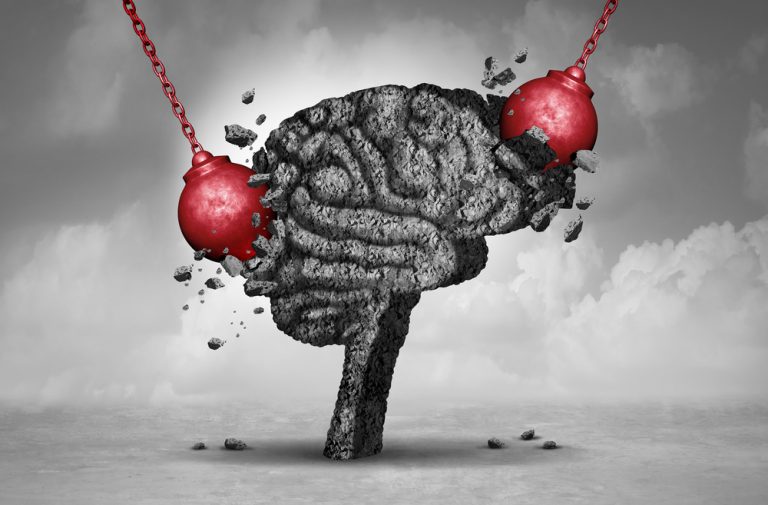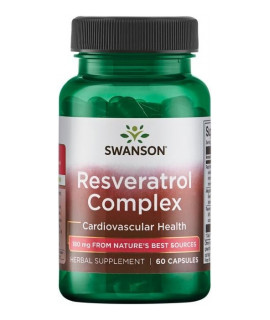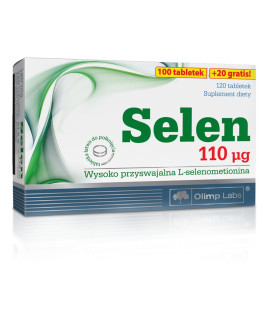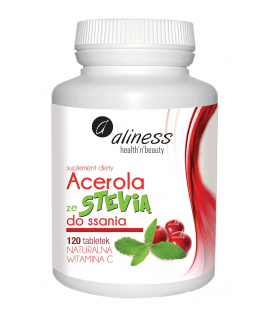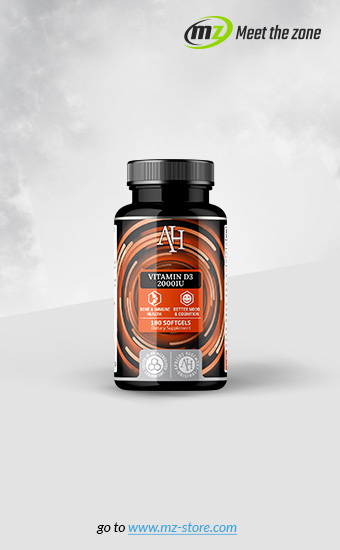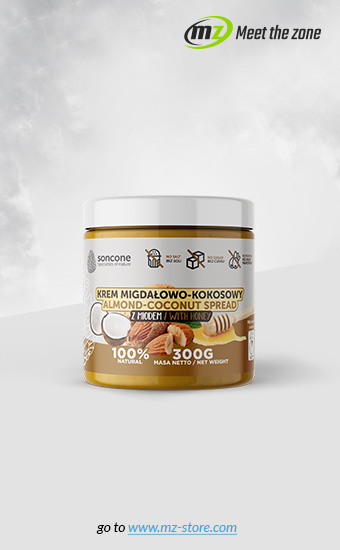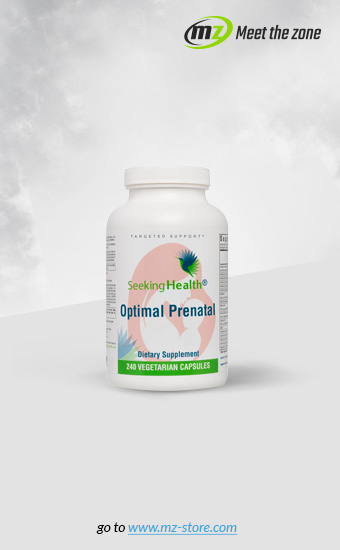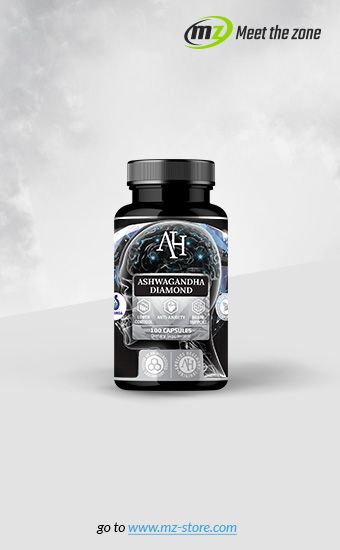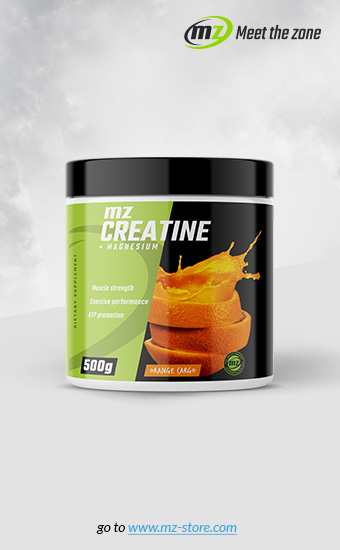An anti-migraine diet can help people who are struggling with migraine headaches. Migraine attacks can be caused by some foods and alcohol. There is also hunger on the list of triggers. A good migraine diet can therefore reduce the incidence of attacks. Check what migraine you can eat and which foods to avoid.
Great headache
The anti-migraine diet is a very important element in the prevention and treatment of migraine headaches. It is now known that diet and choice of food products affect the incidence of migraine attacks. There is a very long list of foods that can cause migraines, which does not mean that a sick person must eliminate them all.
Individual patients react negatively to selected products, however, their determination is very difficult, because the body's response is usually delayed by up to 24 hours.
Keeping a nutrition diary is very helpful in identifying foods that cause migraines. Rarely, migraine is associated with actual food allergies. Most often, an attack is the result of hypersensitivity to a given chemical component of a food product.
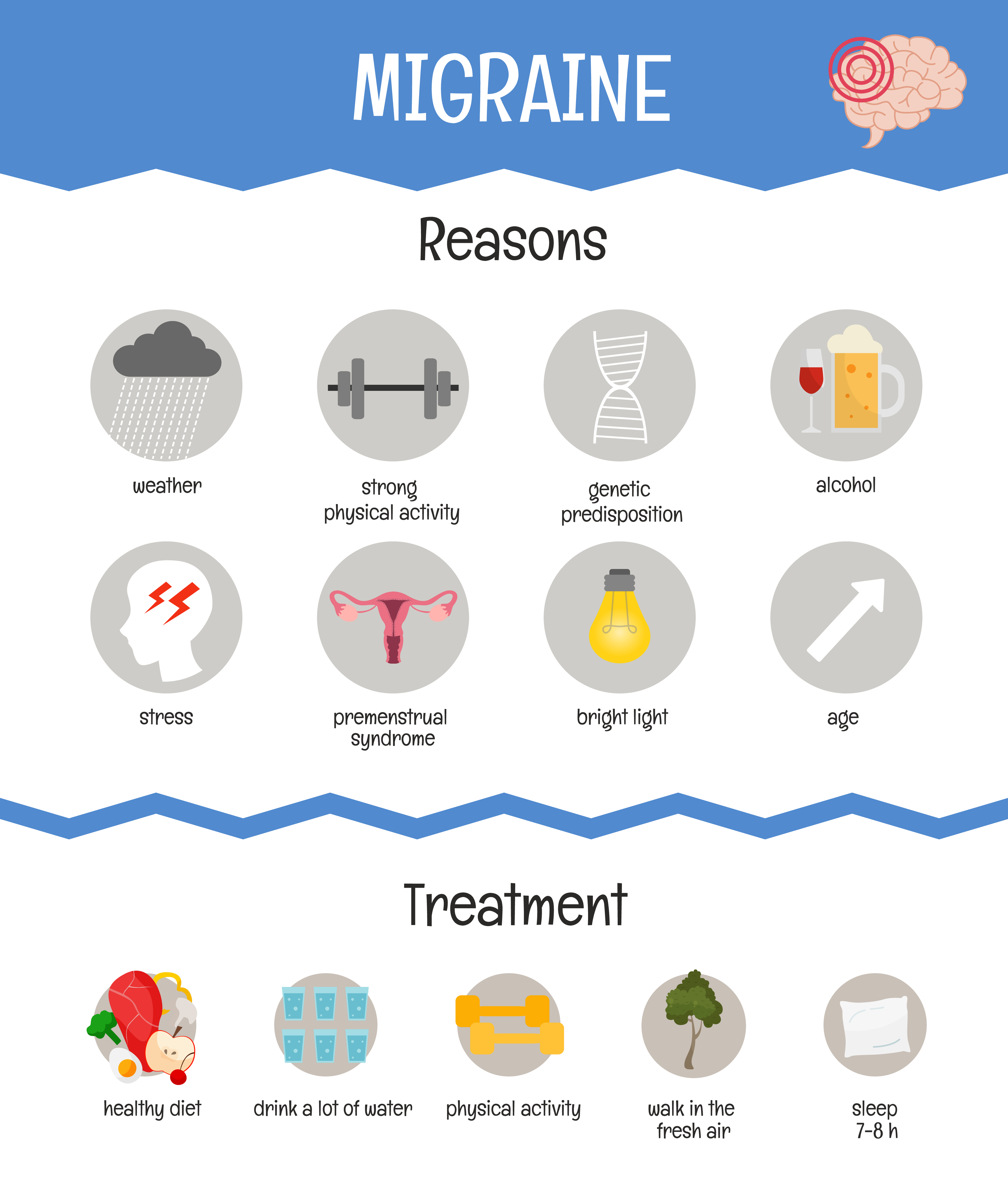
Anti-migraine diet - diet principles for migraine
Foods that commonly cause migraine in those affected include chocolate, coffee, alcohol, ripening and blue cheese, and products containing monosodium glutamate. 3 Common triggers include long-ripening sausages, citrus fruits, ice cream, marinated herring, chicken liver and food dyes.
Specialists do not recommend a demanding elimination diet for all patients. They encourage you to avoid foods that are known to be typical migraine triggers. However, if headaches are frequent and intense, they introduce a strict elimination diet for 6-10 weeks.
Then the slow and gradual introduction of individual products that are weaker trigger factors begins, and a nutrition diary is kept to identify foods that the patient is hypersensitive to.
An elimination diet of 6 weeks based on immune-mediated IgG response studies brings positive and statistically significant effects in reducing the frequency of migraine attacks.
Migraine attacks can be triggered by triggers, which include - in addition to food, alcohol and hunger - also stress and relaxation after stress, fluctuations in hormone levels, too long or too short sleep, fatigue, medications, rapid weather changes, high altitude stay bright light.
Hunger is one of the dietary triggers for migraine. Studies show that 50% of migraine sufferers get an attack after 16 hours without food. The mechanism of the effect of hunger on headaches is probably associated with changes in serotonin and norepinephrine levels and the expansion of blood vessels around the brain, as well as with the secretion of stress hormones, including cortisol.
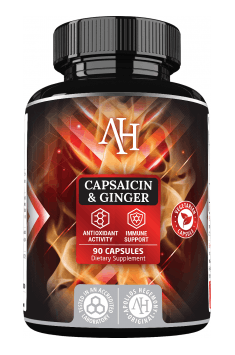
Do not skip meals in your migraine diet. It is worth consuming them regularly. Skipping meals is a triggering factor for migraine in 57% of subjects in clinical and population studies.
Migraine may also be the result of sudden insulin secretion associated with the consumption of rapidly digested carbohydrates and reactive hypoglycemia (a condition in which the glucose level after eating returns to normal and insulin is secreted further, resulting in a decrease in glucose below normal).
In one study, up to 75% of participants with migraine had reactive hypoglycemia.
To avoid headache and other migraine symptoms resulting from prolonged hunger and hypoglycemia, patients should eat 3 large, well-balanced meals that are not predominantly carbohydrate1 (cereal, rice , potatoes, bread, pasta, sweets). Do not skip breakfast.
It is best when it is protein-fat. The last meal should contain complex carbohydrates to avoid morning hypoglycemia. Some studies indicate the effectiveness of high-fat and low-carbohydrate diets in reducing the frequency of migraine attacks. At the same time, the conclusions of other publications indicate the lack of a clear relationship between the number of macronutrients in the diet and migraine.
People with migraines should eat fresh products that are not stored for too long. Meals should be cooked on a regular basis, do not eat leftovers from a few days ago. It is best to freeze leftovers from lunch or dinner immediately and use later.
This recommendation is due to the fact that during storage of food, the amount of substances that trigger migraines increases
Anti-migraine diet - nutritional factors that trigger migraine
Tyramine
Tyramine is an amine derived from the amino acid tyrosine. Its large amounts are found in ripening cheeses, raw ripening sausages, smoked fish, beer, fermented food, and yeast extract. Tyramine releases norepinephrine from nerve endings, which can cause headaches.
It is postulated that people sensitive to foods with tyramine have a congenital deficiency of MAO (monoamine oxidase) - a tyramine metabolizing enzyme. 1 Some foods rich in tyramine are ripening cheese, smoked fish, dried meats, yeast extract, beer and fermented products, e.g. kefirs , sauerkraut. The amount of tyramine increases in ripening, fermented, long stored or stale products.
PEA
Phenylethylamine is found in cocoa. It causes increased secretion of serotonin and catecholamine. It is also one of the triggers of migraine in chocolate (next to theobromine and caffeine). In a small placebo-controlled study, about 40% of participants given chocolate experienced typical migraine headaches. No headache occurred in any group who received placebo.
Apartame
Artificial sweetener aspartame is suspected of causing headache in people consuming moderate to large amounts of 900 to 3000 mg per day. This substance is recognized by the FDA as safe for everyone except those suffering from phenylketonuria, but more and more scientific publications indicate that aspartame is not recommended for people with migraine, epilepsy and neuropsychiatric diseases.
Monosodium Glutamate
Monosodium glutamate is the sodium salt of a naturally occurring amino acid - glutamic acid. It has an umami taste and is commonly used as a substance that improves the taste of highly processed foods.
Monosodium glutamate can be found in the composition of products in many forms of MSG, yeast extract, hydrolyzed vegetable protein, autolyzed yeast or textured protein.
The mechanism of action of monosodium glutamate in migraine may be associated with narrowing of blood vessels after eating at high doses, stimulation of glutamate receptors or activation of the neurotransmission pathway in which nitric oxide is released and vasodilatation.
Nitrites
Nitrites are preservatives for meat preparations, e.g. sausages, sausages, canned goods. Nitrates are found naturally in many vegetables that absorb them from the soil as they grow. In hypersensitive people, headache occurs within minutes to hours after eating nitrites or nitrates. This is probably related to the release of nitric oxide and the expansion of blood vessels.
Alcohol
Of the alcohols, red wine is the most common trigger for migraine. The wine contains tyramine, sulfites, histamine and phenol flavonoids, which can cause headache. Delayed alcohol headache (hangover) can be a type of migraine. It is more often caused by colored alcohols (red wine, whiskey, bourbon) than transparent ones.
Probably alcohol is not the migraine trigger alone, but histamine and tyramine contained in alcoholic beverages. The vast majority of patients tolerate transparent alcoholic beverages better. Important in migraine after drinking alcohol is stress and fatigue, which intensify the pain. In a situation of rest and relaxation in the same person, migraine after drinking alcohol may not occur at all.
Caffeine
Caffeine is found in coffee, tea, chocolate, energy and carbonated drinks, as well as in some painkillers. Caffeine acts on adenosine receptors in the brain and capillaries, which causes vasoconstriction and the release of neurotransmitters. Its action is twofold and depends on the dose and frequency of use.
Taken rarely and in small quantities, it has a mild analgesic effect, while supplied to the body daily in an amount exceeding 300 mg causes headaches.
